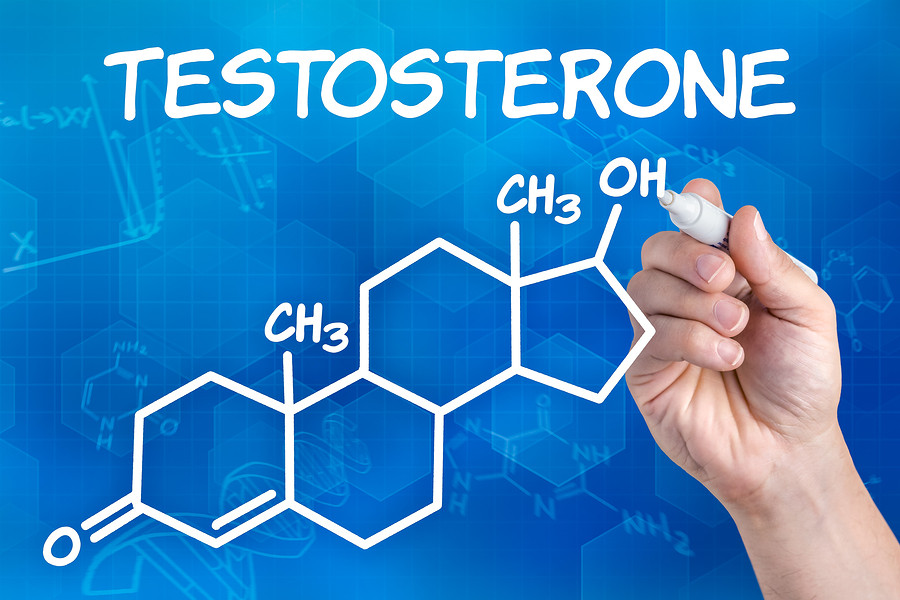Harvard Health Blog
FDA warns about blood clot risk with testosterone products

"Replacing" a hormone the body normally makes when it is running low isn't necessarily the safest thing to do. Women and their doctors learned this with estrogen after menopause. Now the FDA is sounding a warning that testosterone therapy can cause potentially dangerous blood clots in men.
Blood clots that form in veins (what doctors call venous thromboembolism) come in two "flavors." Deep-vein thrombosis, or DVT, is a blood clot that forms in a deep vein, often in the leg. It can make the affected leg swell or cause leg pain. If a DVT, or part of one, breaks away and gets into the bloodstream, it can block blood flow to the lungs. This is called a pulmonary embolism. A large pulmonary embolism can be deadly. Pulmonary embolism, along with DVT, kill as many as 180,000 Americans each year, more than the number of people who die from breast, prostate, colon, and skin cancers combined.
The FDA had previously warned about a testosterone-therapy-related increase in blood clots in men with a condition called polycythemia. Polycythemia is a condition in which the body makes too many red blood cells, which increases the risk of blood clots. Its latest warning comes from reports of blood clots in men without polycythemia.
The new warning is not related to the FDA's evaluation of possible links between testosterone therapy and stroke, heart attack, and death.
Testosterone uncertainty
"Low T" is big business. You may have seen ads on television or in other media. Worldwide sales are expected to reach $5 billion by 2017. Testosterone is available as an injection, a gel, an underarm spray, and a nasal spray.
Advertisements for the male hormone imply it may be just what a man needs to boost his energy, mood, and sex drive. Then again, it may not.
Testosterone is made in the testicles. After age 30, most men's testosterone levels begin to gradually fall. For some men, the decline is faster and steeper.
Experts are trying to come to grips with which men really need treatment with testosterone. Men whose bodies no longer make any testosterone, and those with extremely low levels of testosterone and classic symptoms of low testosterone definitely need treatment. Classic symptoms include:
- low sex drive
- low sperm count
- loss of body hair
- hot flashes
Few men fall into that category. Some men have symptoms that may or may not be related to low testosterone, like
- difficulty concentrating
- little interest in sex
- feeling down
- trouble sleeping
- lower energy level
- less "get up and go"
- decreased muscle mass
Some men with at least one of these symptoms have low testosterone levels. But many others with one or more of these symptoms have normal levels.
Even if the testosterone level is low, it's possible that these symptoms might be due to depression, low thyroid function, or some other medical problem. And there's an evidence issue—we don't really know who benefits from testosterone therapy.
Making the choice
Experts recommend testosterone therapy for men with a low testosterone level and one or more of the "classic" symptoms. For the rest? They get a talk-with-your-doctor recommendation.
The FDA's warnings highlight that taking testosterone isn't risk free. Combined with the lack of evidence about who really benefits, it means that the decision to start testosterone therapy is an individual one. A man must weigh the potential benefits against the potential increased risks of heart attack, stroke, and blood clots. If the balance tips in favor of moving forward, then trying testosterone is reasonable thing to do.
Disclaimer:
As a service to our readers, Harvard Health Publishing provides access to our library of archived content. Please note the date of last review or update on all articles.
No content on this site, regardless of date, should ever be used as a substitute for direct medical advice from your doctor or other qualified clinician.















